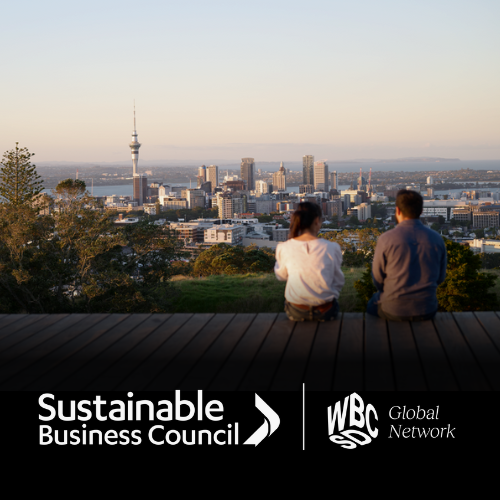On to a good target…
How Science-Based Targets can help your business – Kate Alcock has the latest.
How do you set a meaningful target? In the business world, we know we need to make it SMART…. Specific, Measurable, Attainable, Relevant and Timely.
But what if you need a target for a goal that is incredibly ambitious? Or has a role to play that has an impact on a global scale, over the longer term?
SBC members and Climate Leaders Coalition signatories are setting emission reduction targets, to reduce their contribution to climate change.
Businesses understand the value of setting a goal, and the corresponding markers that demonstrate progress is being made. And when that goal is mitigating climate change – this is inevitably a pretty complex process.
Emission reduction targets take on many forms. They can be as ambitious as being net zero by 2050, 2040, 2030 – and even as soon as 2025.
For some businesses it’s about grounding targets in the science – looking at the global carbon budget of emissions that would keep our Earth warming to within 2oC or 1.5oC thresholds, and then working out what their overall contribution is. The next step is working out what a realistic reduction would be, and how you can achieve that.
Once they know their long term target, the next step is about understanding how to break it down into meaningful ‘chunks’ in the immediate and medium term. Businesses must embed decisions to achieve these targets into their day to day operations and planning cycles.
The Zero Carbon Bill announced recently has outlined targets for New Zealand which would be in line with keeping the increase in warming under 1.5 oC, so Government is sending a clear signal that this is where they want the country to be heading.
How do you make sure your target is robust and independently assured, so your emission reduction activity is taken seriously and not just seen as greenwash?
The Science Based Target initiative has just released SBTi Criteria and Recommendations Version 4.0 – a methodology for businesses to identify their individual contribution to limiting emissions aligned with 1.5°C or well-below 2°C.
There is also a supporting science-based target setting tool and Manual to help inform your step by step approach.
Stewart McKenzie at Enviro-Mark Solutions has looked closely at the updated methodology and highlighted the key changes.
Businesses from 40 countries have committed to Science Based Targets. New Zealand is tied 8th (with Spain) for number of businesses with approved SBTs; and tied 12th (with South Africa and China) for the number of businesses currently going through the process.
Congratulations to our members Auckland Airport, Enviro-Mark Solutions, New Zealand Post, SKYCITY Entertainment Group, Contact Energy and now thinkstep for having their targets approved.
And check out this series of workshops held last year with WWF New Zealand and Enviro-Mark Solutions for more information:
An introduction to setting science-based emissions targets
Workshop 1: Target-setting approaches and scenarios
Workshop 2: Business insights – from Contact Energy, Ports of Auckland and Fletcher Building)
So if you’re a business about to embark on target setting – consider using this approach. And to those businesses with a target that aligns with 2oC or below already in place – congratulations on leading the way for New Zealand on a global platform!
Kate Alcock manages the Climate and Resources work at the Sustainable Business Council.
Contact: Kate Alcock, Manager for Climate and Resources, Sustainable Business Council
Phone:
Email:

